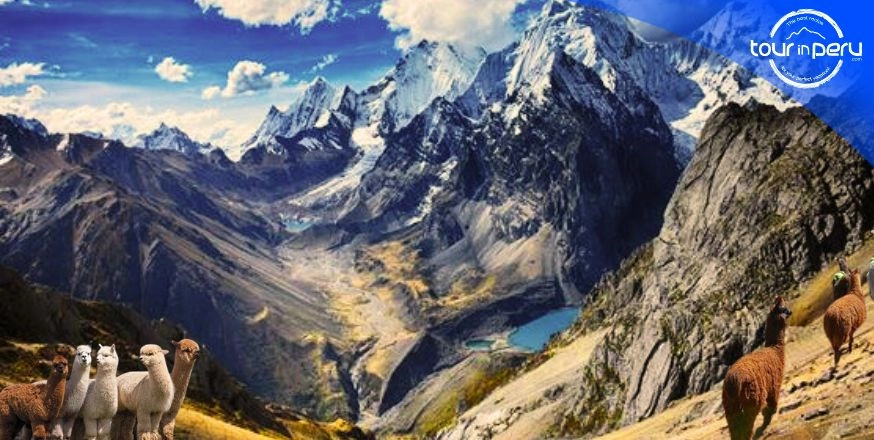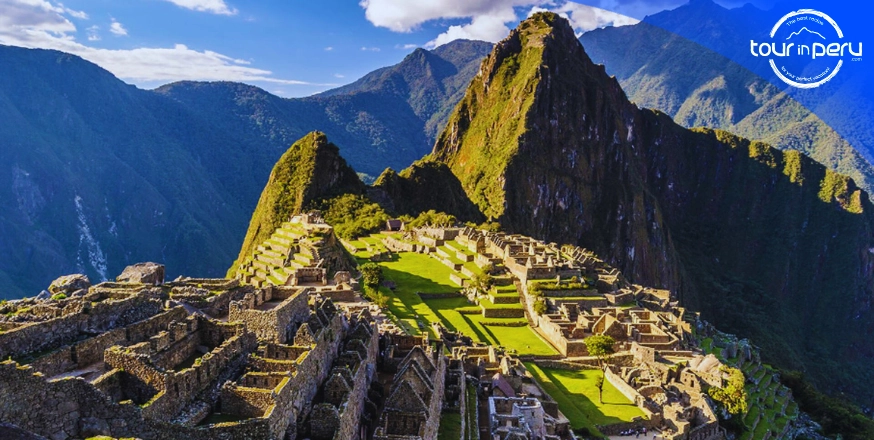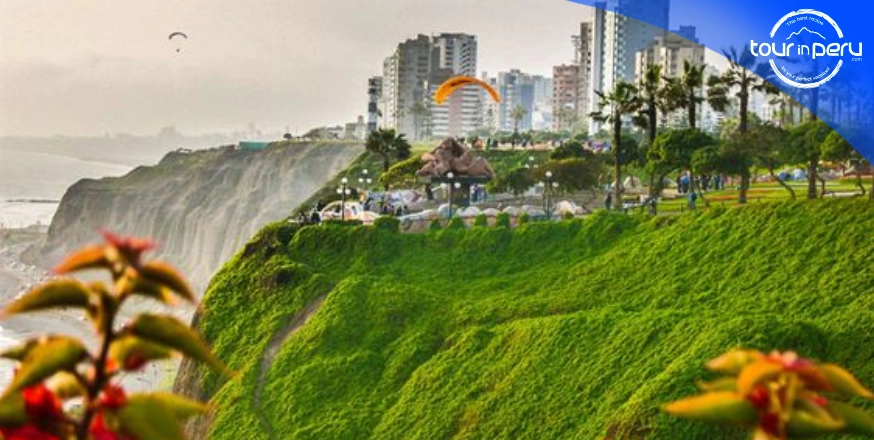INCA TRAIL FAQS – Frequently Asked Questions
Frequently Asked Questions for your 2024 Hike
If you are one of those people who needs answers “here and now” about the Inka trail Hikes, please read this FAQs (frequently asked questions) for your next 2024 adventure. The TOUR IN PERU team is happy to provide you a list of answers and whether you don’t find answers to any of your doubts; please, feel free to contact us right away for any other questions you might have.
What kind of Inca Trail exists?
There are two main Inca Trail tours. First, the Classic Inca Trail which takes four days and three nights to complete the hike, and the shorter 2 days Inca Trail, the easier and faster way to reach Machu Picchu, but you still experience the last part of the famous Inca Trail (you basically will be avoiding second-day hike).
Additionally, in case there are no available permits, there are several alternative tours to get to Machu Picchu, such as the tours of Machu Picchu by train or the tour which combines biking, hiking, and Machu Picchu tour in 4 days and 3 nights.
How long will I hike per day?
This is a frequently asked question. The whole Inca Trail takes 42 kilometers (26 miles) to hike. During the hike, you will see a variety of Andean landscapes, including snowcapped mountains, rivers, high mountains, beautiful plains, and a very sunny sky.
Because the authorities determine all campsites, we cannot tell exactly how many kilometers per day you going to hike or which of the campsites is assigned to the group, but be ready to hike at least 6 hours per day up to 8 hours. However, don’t worry! This is a chance to take amazing pictures of the surrounding landscape and make these memories last forever.
How early should I make the reservation for the Inca Trail?
As early as possible, you have many chances to complete your reservation before tickets are sold out quickly. We recommend you reserve your tickets for the Inca Trail 3 months in advance for the low season (between November and March) and at least six months before you plan to visit Peru in the high season (April to October). Note that we cannot guarantee availability so it’s up to you how early you book and ensure there are still tickets left (check the official Inca Trail Availability).

How hard is it to complete the Inca Trail?
Completing the Inca Trail involves a moderate to challenging level of difficulty. The trek spans approximately 26 miles (43 kilometers) and includes varied terrains, from steep ascents to descents and uneven paths. The highest point, known as Dead Woman’s Pass, stands at an elevation of about 13,780 feet (4,200 meters), making altitude a factor to consider.
The trek is usually completed over four days, allowing for acclimatization to the altitude. Porters assist by carrying the majority of the gear, easing the load for trekkers. Proper gear, including sturdy hiking boots, suitable clothing, and a well-packed daypack, contributes to a more comfortable journey.
At what altitude is the Inca Trail located? Will I suffer altitude sickness?
As one of the most frequently asked questions, the highest point of the Inca Trail is Warmihuañusca which is 4,200 meters above sea level, you will spend the night at the campsite at 3.600 meters. It is difficult to say if you going to suffer from altitude sickness, people are different and are prepared physically differently. Most hikers don’t have any issues, but two days rest in Cusco to acclimatize is very advisable, drinking water and chewing coca leaves will definitely prepare you for the Inca Trail.
What time and when will we get to Machu Picchu?
Most groups arrive at Inti Punku at approximately 6:00 am. On the fourth and last day of the Inca trail. The walk begins very early in the morning to reach Inti Punku. After this point, about 45 minutes later you enter the citadel of Machupicchu. The time may vary a little depending on the location of the camp, which we will assign the last night.
Will we carry our luggage while on Inca Trail?
You don’t need to carry all your belongings on your own during the hike, we have a full team of porters who will carry all tents, camping equipment, food, and water.
You will be carrying your backpack with the most necessary stuff for the day on the trek. Porters will carry all camping gear but you have to take the sleeping bag and the mattress by yourself. Remember that the sleeping bag and the mattress are not included in this tour so you can rent them.
In case you want to hike with as little luggage as possible, you can hire an extra porter. Extra porters can take up to 12 kg of your personal belongings, and if you hire an extra porter, you will be responsible for the additional payment for the porter’s services. Extra porters will carry your luggage until the last camping site on the fourth day and they will return the sleeping bag and the mattress if rented. Then you will have to carry your backpack from the last camping site to the entrance of Machu Picchu. There is a storage where you can leave the things you will not need during the guided tour. We advise leaving the things you won’t use during the Inca Trail in a hotel in Cusco.
How cold can you get on the Inca Trail?
Because of high altitude, temperatures can change quickly and radically. It can get pretty cold during the night. In winter (May-September) the temperature may drop below 0°C/32°F. So be prepared for colds, too. It’s highly advisable to get locally-made gloves and a hat for cold nights.

Where we will sleep during the Inca Trail?
During the Inca Trail, we will provide tents that our porters will set up each night at authorized campsites. These campsites are situated at specific points along the route:
- Huayllabamba, at 2,750 meters above sea level, serves as our initial resting point.
- Pacaymayo, at 3,500 meters above sea level, becomes the second camp after a challenging day.
- Wiñayhuayna or Phuyupatamarca, marks the last campsite before Machu Picchu, positioned around 2,600 meters above sea level.
The spaces at these campsites are limited. If availability runs out at these locations, we have other campsite options such as:
- Ayapata – Chaquiccocha – Wiñayhuayna,
- Chamana – Tarayoc – Llulluchapampa, and Phuyupatamarca.
What about sleeping bags?
A compact three-season sleeping bag is recommended. It’s also possible to rent a sleeping bag in Cuzco. They are clean, and warm and cost approximately USD$25 (for the three nights). You may also bring a sleeping bag liner or sheet. Foam mats are provided; however, some travelers also bring their self-inflating mats. Sleeping bags are not included.
Will water be provided?
You can buy extra water for yourself on the trail. We provide warm water every day for personal hygiene before meals. As for boiled water to drink, it is provided from the third day onwards, for the previous days you must buy or bring your bottle of water. We recommend bringing a refillable water bottle to reduce the amount of garbage.
What type of food is provided on the Inca Trail?
During the walk, they are accompanied by a chef to prepare the food. These meals include pasta, rice, chicken, fresh fruits, and vegetables. For breakfast, there’s a variety of options like oatmeal, eggs, and bread, all carefully balanced and nutritious to provide ample energy for the hike. Special dietary needs like vegetarian, vegan, or gluten-free can be accommodated if requested in advance during your reservation.
Should I tip guides and porters?
Tipping isn’t obligatory, but important. This is more of a custom, so today, everyone (drivers, cooks, porters, and guides) will not tell you but expect to be rewarded. EVERYBODY is important: You can do so according to the quality of service you get and considering the differences in work effort everybody does.
When is the most common time to hike the Inca Trail?
It is possible to hike the trail any time of the year, except February when it closes for maintenance; however, April to October is considered high season. This means that permits for the Inca Trail can be sold out months in advance, so it is important to plan and book your ticket with a certified tour operator like TOUR IN PERU as soon as possible.
Haven´t found available permits? Then, book the Short 2-day Inca Trail version which covers the last part of the classic trail, and combine it with other beautiful sites in Cusco.
Can anyone go on the Inca Trail?
There isn’t a strict age limit, but participants should be in good health. It’s essential to consider the physical demands of the trek, especially the high-altitude sections. Consultation with a healthcare professional is recommended, particularly for older individuals or those with health concerns.
Everyone older than 12, with a moderate fitness and health level, and a valid passport can attend the Inca Trail.
You must provide this information to get an Inca Trail Permit.
- Full name (exactly as it appears on the passport)
- Date of Birth
- Nationality
- Passport Number
- Date of Passport Expiry – Must be valid for the dates of your travel experience!
Any attempts at modifications will result in a loss of the permit and any money paid.
Do I need to be physically fit to do the Inca Trail?
While a high level of fitness isn’t mandatory, a reasonable level of physical preparation is advisable. Regular exercise, especially hiking and walking, in the months leading up to the trek can enhance stamina and prepare you for the varying terrains and altitudes.
What is the best time of year to do the Inca Trail?
The dry season, from May to October, is generally considered the best time for the Inca Trail. During these months, there is less rainfall, offering clearer views and more favorable trekking conditions. However, it’s essential to check weather conditions as they can vary, even during the dry season.
Are permits required, and how do I obtain them?
Yes, permits are required to trek the Inca Trail, and they have a daily limit to preserve the environment and enhance the visitor experience. It’s advisable to book your trek well in advance through a licensed tour operator, as they manage the permit allocation process.
So what about you? Do you need an answer to a particular question? Please contact our travel experts and let us know about them, and we’ll do our best to include them on this page. We’d love to learn how the TOUR IN PERU team can help you in your next 2024 travel adventures. We´re here!





